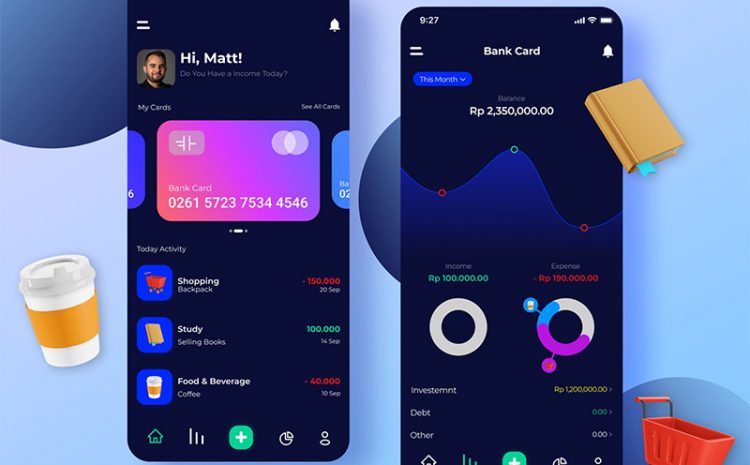New Plaid research about consumers’ use of financial apps shows that they increasingly load up their devices, mixing and matching to create their own take on ‘superapps.’ Banks and credit unions should take note — and build some of the study’s findings into their own mobile offerings.
Fintech apps have become a fundamental part of finance, no longer innovative in themselves. In fact, 13% of American consumers surveyed by Plaid say that they use six or more financial apps to manage their finances. Another 34% use between three and five.
Banks need to fight hard for share of screen. Nearly 79% of just over 2,000 consumers use some form of fintech app and almost 37% consider themselves to be heavy fintech users. Plaid projects that by mid-2024 one out of five consumers will be using six or more financial apps.
Payment apps are the most widely used, tapped by three quarters of the 2023 sample.
In a time when speculation continues about an American superapp, these figures suggest two things:
- First, the consumers aren’t waiting for someone to create the ultimate financial package, but instead are assembling their own from the available digital buffet.
- Second, banking institutions must move past the mindset of apps being an “alternate channel.” The report indicates that 56% of consumers say they rely on digital financial tools to deal with economic factors, such as inflation. This is even higher for Millennials (71%) and Gen Z (65%). The apps have become the channel for many.
The key evolution? Fintech apps are more than a means of accomplishing financial transactions. Increasingly, consumers told Plaid, they look to apps for education about their finances, including understanding of existing and new opportunities.
At the end of each short chapter in the report, Plaid recommends action steps for fintech companies. Most of these can easily form a handy to-do list for banks and credit unions as well.
An example: “With so many consumers having multifaceted goals, you can turn your app into a financial hub by addressing multiple needs.”
Summary
Consumers’ use of fintech apps serves as the hub of the report, but the spokes comprise nine eclectic ways that consumers relate to financial services today.
The unifying theme is that the typical consumer’s financial life has become much more complex, and digital tools can help handle it.
“In essence, fintech solutions aren’t just digital alternatives to traditional finance tools,” according to the report. “They’re transforming everything about how today’s consumers manage their money.”
The nine ways mentioned include:
- Consumer interest in pay-by-bank transactions.
- Consumers’ belief that credit scores don’t solely depict their creditworthiness.
- Fintech’s role in financial inclusion.
- The desire to use fintech to learn more about finance.
- The nearly general comfort with fintech offers.
- Consumers’ shift towards traditional investments and away from crypto products.
- Consumers’ growing reliance on fintech apps to cope with inflation.
- Fintech app’s central role in personal finance.
- How consumers want generative AI to help them, financially — and what controls they want to see on AI.

Quotable: “Up until now, helping consumers manage their finances has largely meant giving them a better perspective of their financial situation, projecting cash flow, and helping them reach their financial goals. Based on this year’s survey, we’re seeing a growing appetite for more financial education and support for things like navigating high inflation and sticking to a budget.”
Key Takeaways
- Nearly 70% of consumers would be willing to try pay-by-bank, even when credit and debit cards are an option for a transaction. Consumers tend to prefer cards for e-commerce, but have already developed a preference for pay-by-bank for recurring household bills. Four additional top uses: sending money to someone; investing; purchasing a big ticket item; and paying for recurring subscriptions. The report says that consumers want more direct links between their accounts and the people they pay, in part to reduce fraud.
- The study reports that 86% of consumers see the benefits of using pay-by-bank. The leading reasons are convenience (32%), security (30%), avoiding extra fees (24%) and ease of tracking expenses (23%).
- While 72% of white consumers have embraced digital tools, 86% of Hispanic Americans use them. Usage by other minorities is slightly higher than whites’: 75% for Asians and 76% for Blacks.
- Consumers say the top five factors keeping them from achieving their financial goals are inflation (54%), insufficient income (29%), poor spending habits (26%), debt (25%) and lack of knowledge (19%).
- Six out of ten consumers would be willing to share their banking data to supplement their credit score, to give a more accurate picture of their ability to repay a loan.
- Just over half — 51% — of the sample want their fintech apps to help them to be more accountable and disciplined in the way they handle money. This even includes accepting restrictions on withdrawing money prematurely.
Source: Financial Brand

